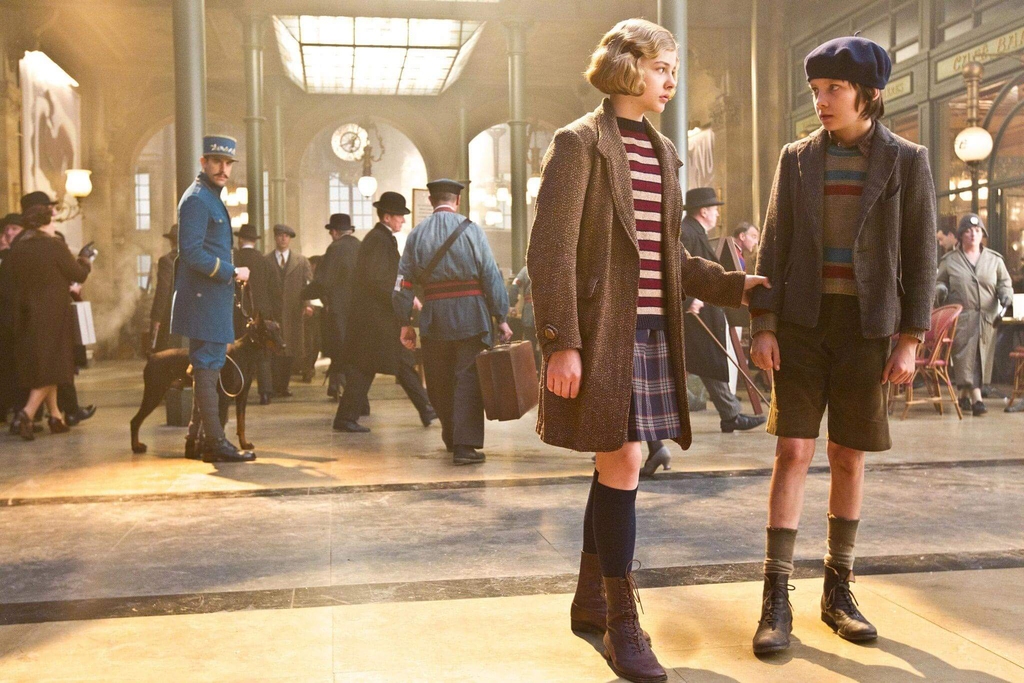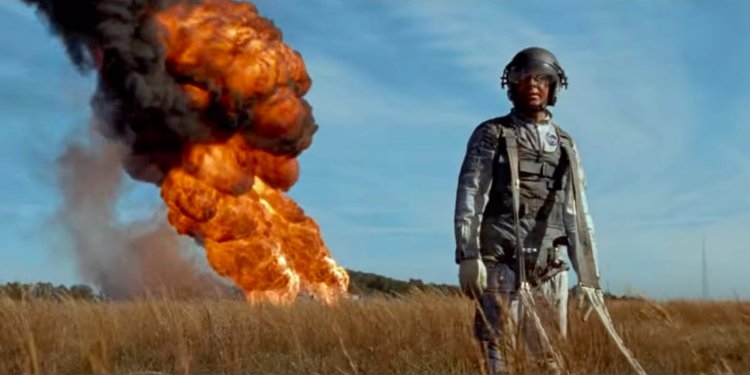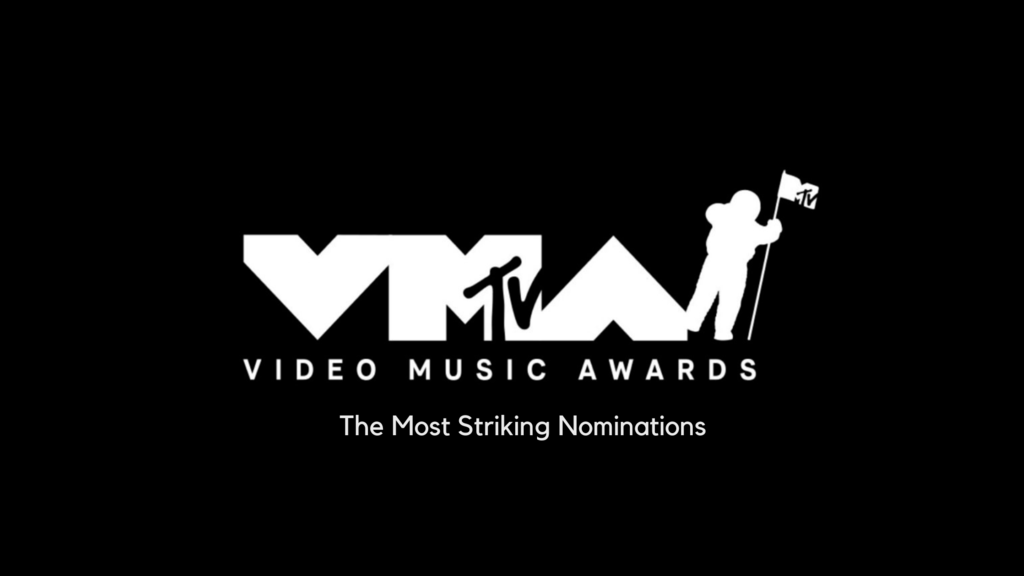For 93 years, the best movies of the world have been celebrating their impact to the film industry and collecting the most prestigious prize – the Academy Award. Animated or live-action, produced in Hollywood or in any other corner of the globe, if the movie catches the eye of the audience, it has a chance of winning the golden statuette of the Oscar.
But it’s not only the audience who decides the fate of movies. More than 6,000 members of the Academy of Motion Picture Arts and Sciences participate in a complex voting process that narrows down the list of nominees and gives hope to teams behind each movie.
While being nominated for all 24 categories is a great honor, most filmmakers and cast strive to get into The Big Five: Best Picture, Best Director, Best Actor, Best Actress, and Best Screenplay. In this article, we’ll revisit winners of the Best Visual Effects category of the last 10 years, their competition, and their achievements in VFX that got them a golden statuette.
Hugo [2012]
The very first 3D movie for Martin Scorsese, 800 shots with visual effects, 11 Oscars nominations, and 5 statuettes won – this is ‘Hugo’ in numbers. Critics praised the movie for the visuals, James Cameron even said that ‘Hugo’ has the best use of 3D he’s ever seen.
2011 was the very first year when 5 movies were nominated for the category, in comparison to previous years when there were only three. Back then, ‘Hugo’ was put against the last part of the ‘Harry Potter’ franchise, ‘Transformers: Dark of the Moon’, ‘Rise of the Planet of the Apes’, and ‘Real Steel’.
Even though work with stereo footage made ‘Hugo’ extremely challenging in VFX delivery, one of the VFX supervisors for the movie, Alex Henning, said during the Oscars: “The biggest challenge for creating the visual effects for ‘Hugo’ was meeting the level of quality established on set by Martin Scorsese”.
Life of Pi [2013]
There are 960 shots of the movie – visual effects shots took 690 of them. ‘Life of Pi’ shook the industry with its postproduction that brought a digital tiger to life. For more than two hours of the movie, we couldn’t tell if the water, skies, and animals were actually real. And all of it in 3D, where many VFX are difficult to do or just don’t work: element shots, resizing, simple rotoscoping.
Taking into account the amount of digital work in ‘Life of Pi’, it’s only logical it wasn’t shot on film. Digital Effects Supervisor Jason Bayever of Rhythm & Hues justified using only Alexa cameras and only HD resolution for ‘Life of Pi’: “The only potential issue with HD was being able to pan a little bit. So if it wasn’t shot exactly as Ang and Claudio wanted – you know, with a full 2K image you would have a little bit more to move the camera around in post – it was less of a problem on our show, because so much of it was computer generated. But as far as resolution and quality of image goes, it was at all a problem.”
Gravity [2014]
Each Oscar winner for visual effects in filmmaking brings another innovation into the industry of VFX production. ‘Gravity’ stood out among its worthy competition with its complex mechanical rigs, automated cameras, and realistic outer space visuals. VFX studio Framestore spent almost 3 years shaping stunning scenes on the orbit of Earth, and the overall filming took almost 5 years to accomplish the final look.
Most of ‘Gravity’ production process was VFX creation, meaning that pre-production stage was crucial to the success of the final work. The team developed special rigs that held Sandra Bullock and George Clooney like puppets on strings – to mimic their flotation in zero gravity. Also, to recreate lighting from celestial objects, the team came up with a so-called ‘light box’ – a cube made of LED screens to project the light on actors whenever and however necessary for a scene.
Interstellar [2015]
Another space epic to receive the most prestigious award in visual effects, proving that in 21 century there’s really nothing that can’t be filmed. Before ‘Interstellar’, neither wormholes, nor black holes had been depicted in any Hollywood movie in the way they actually would appear. The VFX department captained by Paul Franklin took mathematical data from a physicist Kip Thorne, and used it to create a model of what a black hole might look like.
The biggest concern at the beginning of the process was making a comprehensible visual of the hole for the audience. But the more Christopher Nolan, Kip Thorne, and the whole VFX team spent on equations, modeling, and rendering, the more they were getting a very understandable, tactile imagery of the balck hole. The whole result was surprising, showing that reality might be even more strange than fiction.
Ex Machina [2016]
A realistic humanoid on screen from the VFX department of ‘Ex Machina’ was acknowledged at 2016 Academy Awards and brought the team a golden statuette. The team managed to bring the robot to life with no green screens present on set – instead they decided to shoot clean plates with and without the actress Alicia Vikander. During post-production, VFX artists had to compare two shots and restore the background behind the actress, so we could see through the robot the entire film.
The Jungle Book [2017]
‘The Jungle Book’ was the first attempt of Jon Favreu to reimagine a Disney classic – the next one would be ‘The Lion King’. While the latter didn’t get its visual effects award, ‘The Jungle Book’ was praised for its CGI-heavy cinematography. The whole environment of the jungle and all animals were computer-generated, making the young actor Neel Sethi stand in front of the camera alone, against the blue screen.
Blade Runner 2049 [2018]
Every science fiction fan was in anticipation of ‘The Blade Runner’ sequel. It ended up being acclaimed as one the most beautiful movies at the Oscars in 2018, winning a statuette for the best visual effects.
VFX supervisor John Nelson shared the painstaking process of bringing Rachael from the original movie to the sequel: “We modeled Rachael’s head basically scanning Sean, scanning Loren.. We built the skeleton, ‘cause your skeleton never changes – your skin around it does – we built the muscles underneath. Then we took the skin and digitised from a million different photographs that we got of Sean, of her in different movies at that age.”
First Man [2019]
‘First Man’ was a surprising winner for the category of the best visual effects. Beating ‘The Avengers’ and ‘Ready Player One’, ‘First Man’ curiously got its Oscar for the photorealism with the minimum amount of CGI used. The approach of DNEG was to do in-camera as much as possible, so the crew had to combine the best modern technology with the techniques of the pre-digital era. Behind the scenes, all close ups of space objects were shot with miniatures or 1:1 real size items.
The innovation of the film was a huge LED screen that served as a backdrop instead of the green screen. The team could project any imagery on LED providing natural lighting and reflection not only to miniatures, but also to the actors.
1917 [2020]
If anybody thought that ‘1917’ was shot without visual effects, they were extremely wrong. In order to achieve an impression of one continuous shot that lasted the whole movie, the VFX team had to do an immense amount of work. Filming took place on different sets at different times, and digital artists had to figure out the way to blend all of it seamlessly – from one scene to another.
In addition to blends, thousands of man hours were put into digital recreation of the atmosphere of the World War. Ammunition and tanks that were scattered across the fields were never built for real – they are all digital copies supporting the story through the “invisible visual effects”.
Tenet [2021]
As Nathan Crowly, ‘Tenet’ production designer, once said in an interview: “Our method of visual effects is trying to do everything without them”. Christopher Nolan wanted to immerse the actors into a real-life atmosphere, so most of the shooting was done in-camera with a lot of practical effects used and as little CGI as possible. ‘Tenet’ classic example of practical effect prevailing over computer-generated imagery will be in textbooks of filmmaking – the airport sequence where a real Boeing 747 crashed into a building of a real airport.
Conclusion
It is exciting to recap what the VFX industry has achieved over the last decade. Each and every single Oscars winner in the category of the best visual effects brings something new to the table, contributing to the development of the craft. No wonder that this Academy Award category changed its title so many times – from Best Engineering Effects to the Special Achievement Award for Special Effects – the industry is changing so rapidly, even the Academy can’t keep up.
As our fellow artists that were recognized with an Oscar for their work on visual effects, we at FRENDER also strive for realistic imagery of what seems impossible to film. There’s a great love for what we do and a huge drive to innovate, so that we not only follow the steps of great masterminds of VFX, but we also create new moments that are worthy of a global acknowledgement that the Academy Award is.














